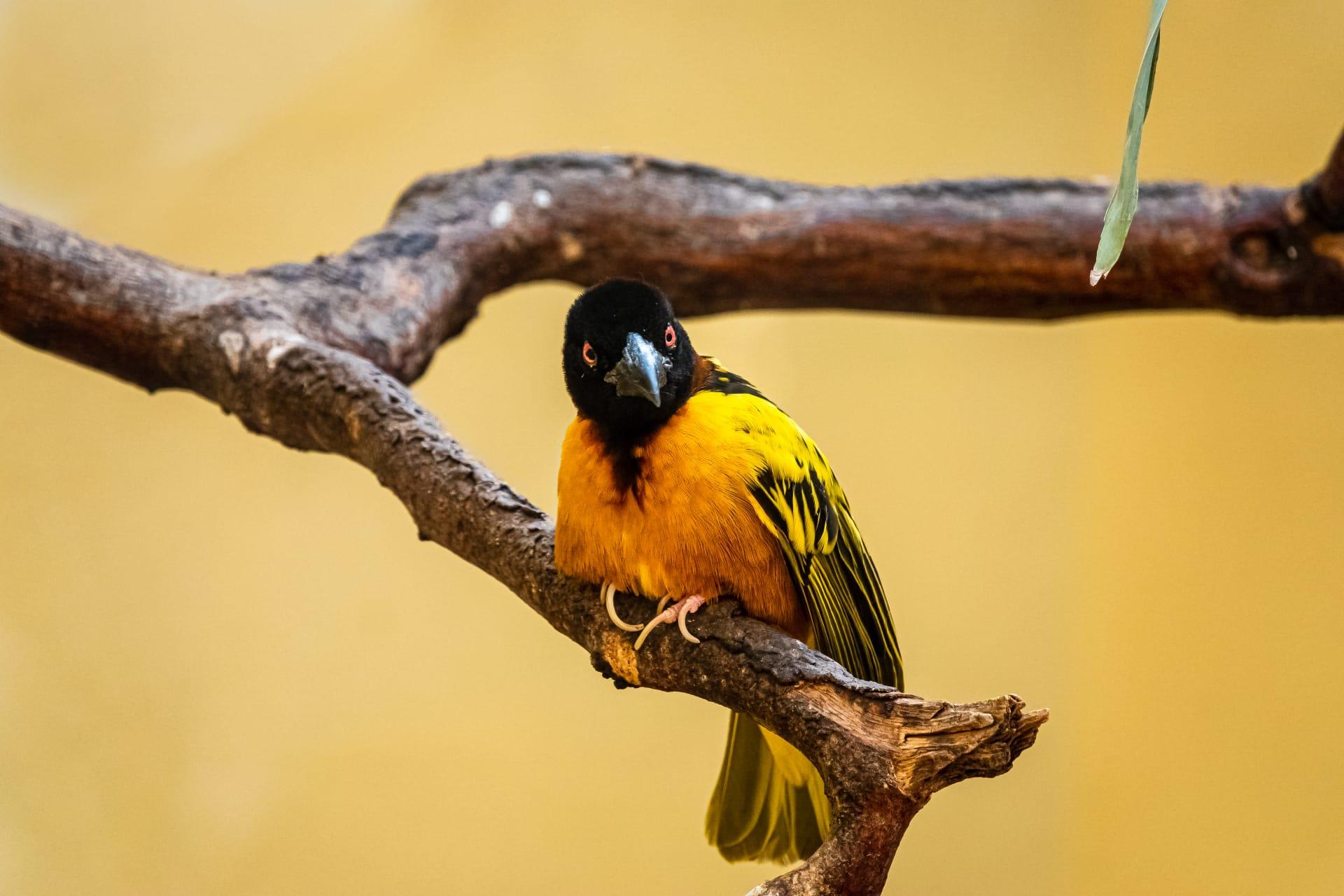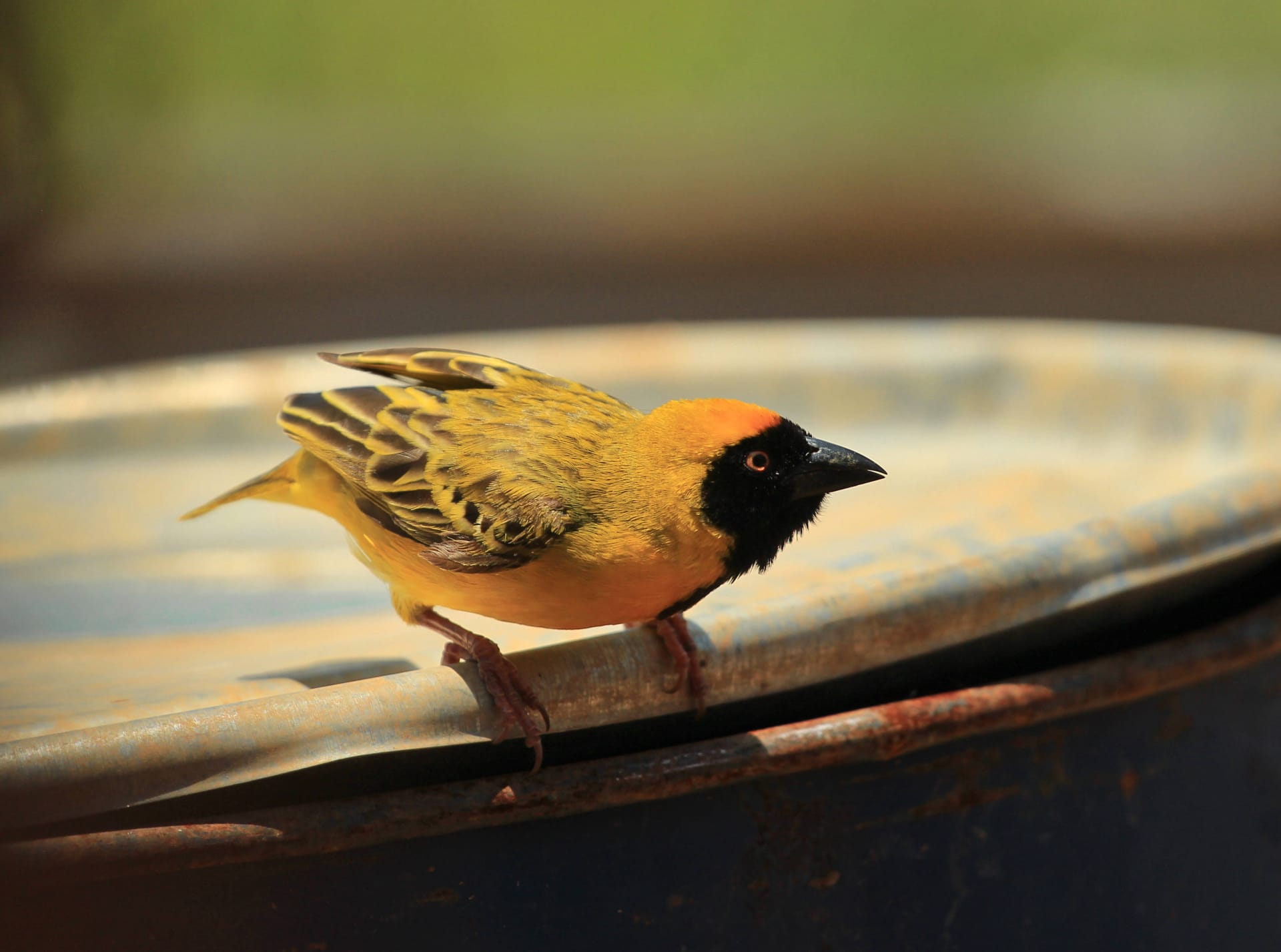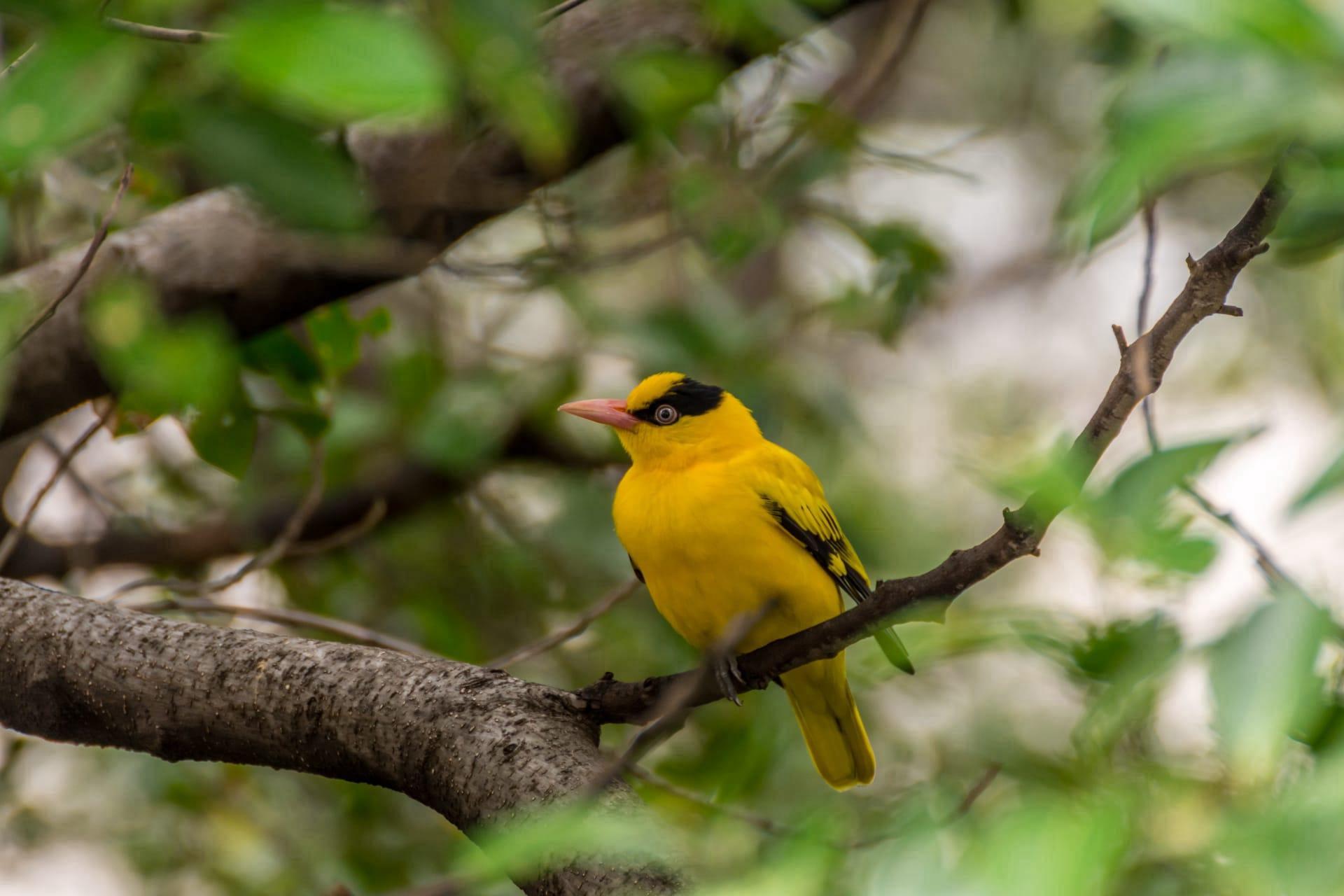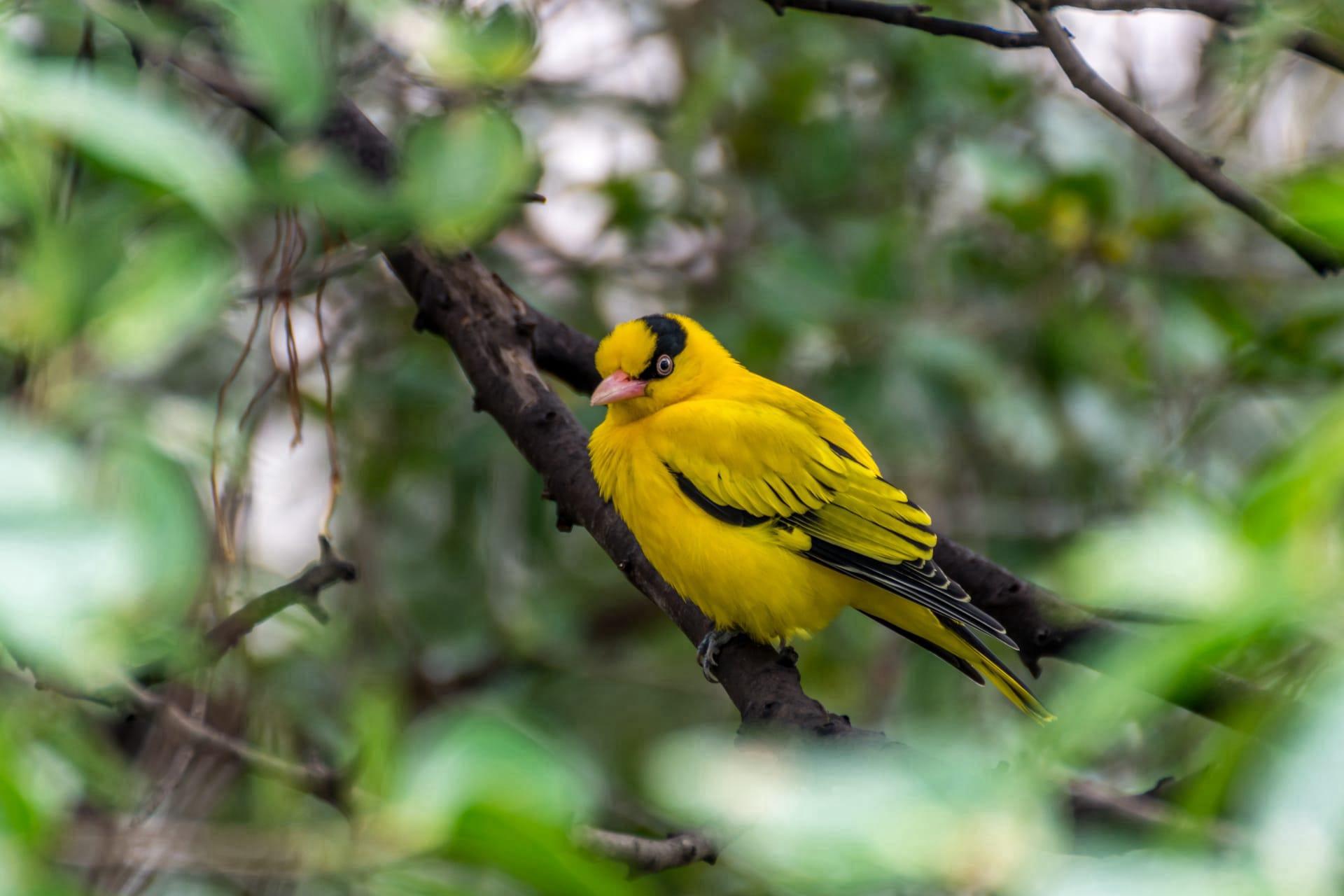Weaverbird
- Home /
- Mini Encyclopedia /
- Animal /
- Weaverbird
1
Weaverbirds, belonging to the family Ploceidae, are small passerine birds, primarily found in the Old World, particularly in sub-Saharan Africa, with a few species extending into tropical Asia. They are known for their remarkable nest-building abilities. There are about 117 species of weaverbirds, each with its unique characteristics. The family is divided into several genera, the most well-known being Ploceus, which includes species like the Baya Weaver and the Village Weaver. Other notable genera include Anaplectes, Quelea, and Foudia.
These birds are predominantly found in sub-Saharan Africa, with some species in tropical Asia. Their distribution is closely tied to suitable habitats, which include savannas, grasslands, and forests near water sources. The presence of trees and other vegetation is crucial for their nest-building activities. Weaverbirds are not migratory, but some species may move locally in response to changes in food availability and weather conditions.

2
Question: Do weaverbirds use their nests year-round?
Answer: Contrary to popular belief, weaverbirds do not use their intricately woven nests throughout the year. These nests are primarily constructed for the breeding season. Male weaverbirds meticulously craft these elaborate structures to attract females. Once the breeding season is over, the nests are often abandoned, and the birds do not return to them the following year. This seasonal usage of nests highlights the birds' remarkable adaptability and the temporary nature of their architectural feats.

3
Weaverbirds employ several strategies for survival. Their most notable is their unique nest-building skill. Males weave intricate nests using grass and leaves, demonstrating a remarkable blend of strength and dexterity. These nests are often suspended from tree branches, providing protection from predators and harsh weather conditions.
Additionally, their diet mainly consists of seeds and insects, making them highly adaptable to various environments. They also exhibit a social structure that involves communal living, which aids in protection against predators and increases the efficiency of food gathering.

4
In the ecosystem, weaverbirds play a significant role in seed dispersal and pest control. By feeding on a variety of seeds, they help in the dispersion of plants, contributing to biodiversity in their habitats.
Their diet of insects, particularly during the breeding season when they need more protein, makes them natural pest controllers. This diet not only benefits the weaverbirds in terms of nutrition but also aids in maintaining a balanced ecosystem by controlling insect populations.

5
Film: "The Ingenious Weaverbirds" is a notable documentary from the United Kingdom, released in 2018. It explores the remarkable life of weaverbirds, focusing on their intricate nest-building techniques and social behaviors. The film showcases how these birds create complex structures that are not only functional but also a display of their skill and strength.
Book: "Wings of the Weaver: The World of Weaverbirds" by David Attenborough, published in the UK in 2020, provides an insightful look into the lives of weaverbirds. Attenborough, a renowned naturalist, combines vivid photography with engaging narratives to explore the diverse species within this bird family.
Book: "The Art of Weaving: A Bird's Perspective" by Sarah Roberts, published in the USA in 2019, delves into the science and artistry behind the nest-building of weaverbirds. Roberts, a biologist, provides a detailed analysis of the techniques used by different species, accompanied by high-quality photographs and illustrations.